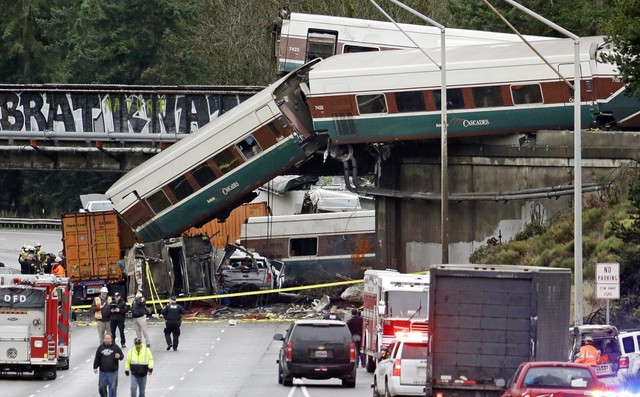
Hearing On Washington Amtrak Derailment Zeroes In On Problematic Curves
Listen
The engineer operating the doomed Amtrak 501 train traveling from Seattle to Portland on Dec. 18 last year told investigators the train had a different control panel and displays than what he was used to.
The morning of the trip, the engineer planned to get up front, touch the dials and nobs to refamiliarize himself with the train.
From the time he sat down in the seat to the time he moved the throttle to pull out of the station, he had just 60 seconds to review the controls before it was time to leave.
That train would eventually drive off a 30 mph curve at 80 mph south of Tacoma, spilling onto the interstate below, killing three people and injuring several dozens more.
Victims aboard the train and on the highway have filed at least a dozen lawsuits against Amtrak as a result.
But beyond questions about the engineer’s qualifications, National Transportation Safety Board officials raised concerns at an investigative hearing this week about how the problematic curve in the new Point Defiance bypass route fits into the larger narrative of derailments caused by dangerous curves.
Safety board officials were met with silence by a room full of agency officials responsible for the bypass where the derailment took place. Officials from Amtrak, Sound Transit, the Federal Railroad Administration and the Washington Department of Transportation could not answer a question about whose responsibility it was to mitigate problems with the curve that required trains traveling 80 mph to slow to 30 mph.
NTSB chairman Rober L. Zumwalt pointed to the 2015 Amtrak derailment in Philadelphia, another incident in 1990 at Boston’s Back Bay station and yet another near the Spuyten Duyvil station in New York City in 2013. Each of those incidents included dangerous curves.
“You would think that curves would be very much on the radar so to speak of a railroad these days,” Zumwalt said. “And so I’d love to see what you did to assess the risk associated with this.”
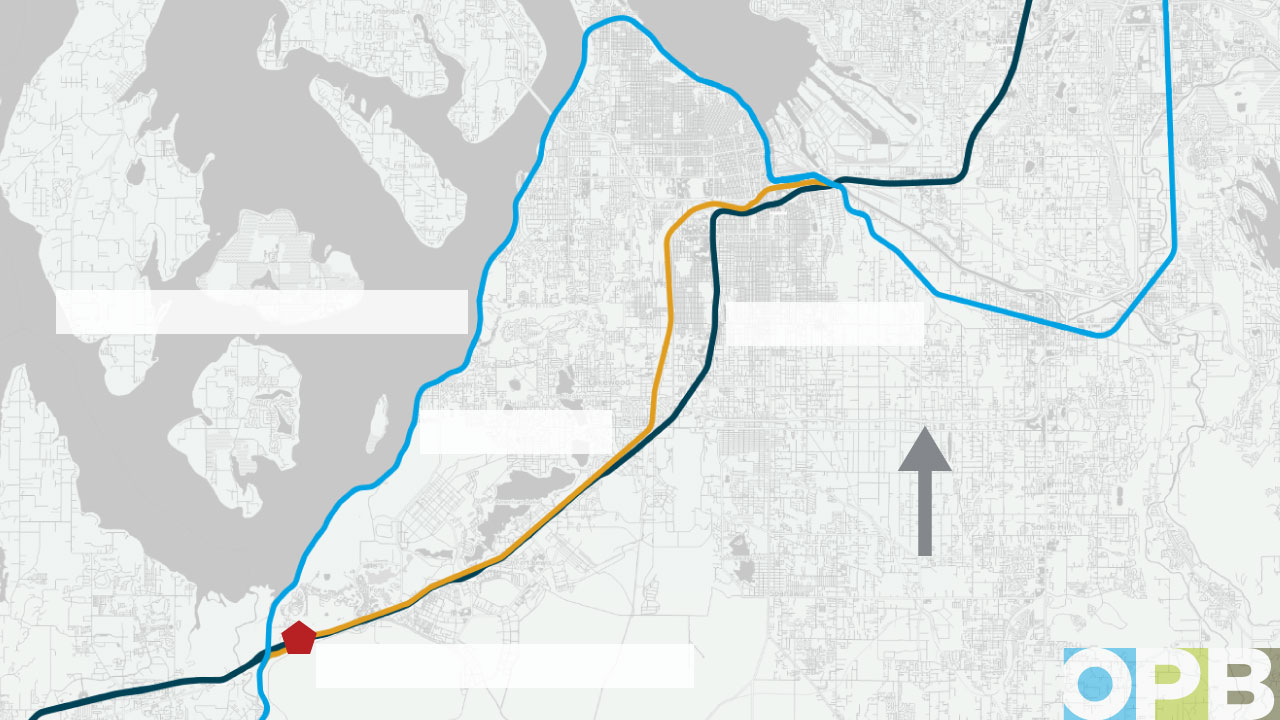
The Amtrak train derailment on Dec. 18 occurred close to where the new Cascades route reconnects to the original route. CREDIT: DATA: US DEPT. OF TRANSPORTATION, OPEN STREET MAPS, AMTRAK/OPB
The NTSB has advocated for the technology for years, with much resistance from railroads and freight companies that complained about the complex nature of the undertaking.
Congress pushed back a federal deadline requiring the installation of PTC on all Class I railroads to December 2018.
“Positive Train Control will help everywhere,” said Martin Young, program manager with Sound Transit. “But there was one curve in particular that will be helped. And that one is at [milepost] 19.8.”
Michael DeCataldo, Amtrak’s vice president of operations, said Amtrak has since strengthened the qualifications required for train operators.
Qualifications for operating on certain train routes will depend on the difficulty of the route. Locomotive engineers will be required to do a minimum of four round trips over an entire route before they can qualify to operate on the route.
The engineer operating the Amtrak 501 train had operated just one round trip over the new territory, telling the qualifying conductor that the Dec. 18 trip was “a learning experience for him,” according to investigative documents.
“Looking back, we have seen gaps in our qualification process and we will address those,” DeCataldo said.
NTSB has requested a review of medical records outlining predicted injuries on the train versus actual injuries. They’ve also asked the Washington Department of Transportation for safety documents needed to complete the federal grant used to pay for the new bypass.
Amtrak says its on track to implement PTC ahead of the December 2018 federal deadline. The bypass is expected to re-open this fall.
Copyright 2018 OPB
Related Stories:
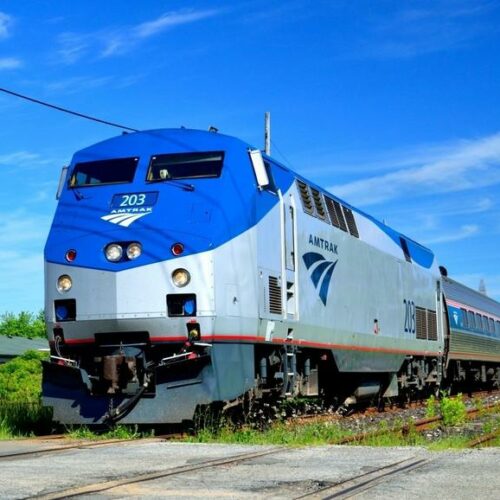
Pandemic-Curtailed Amtrak Service To Be Partially Restored Next Month For Northwest Routes
In another sign of the rebound in travel, Amtrak and the state transportation departments of Oregon and Washington announced plans to restore a good chunk of the passenger train service that was curtailed due to low ridership in the pandemic.
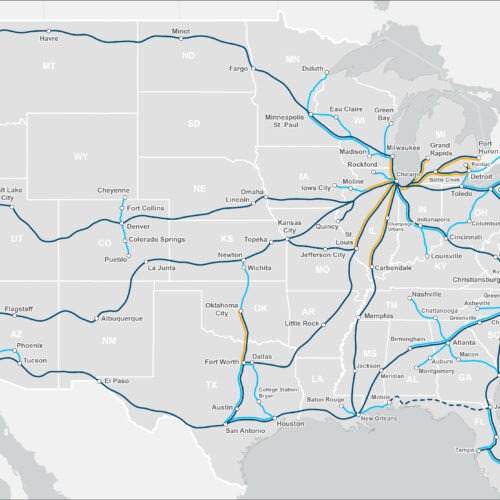
As President Biden Pushes Major Rail Investments, Amtrak’s Proposed 2035 Map Has People Talking
When President Biden unveiled his major new infrastructure plan last week, the proposal included much more than fixing crumbling bridges. And for those who wish America had a more robust passenger train network, it gave them something new: hope.
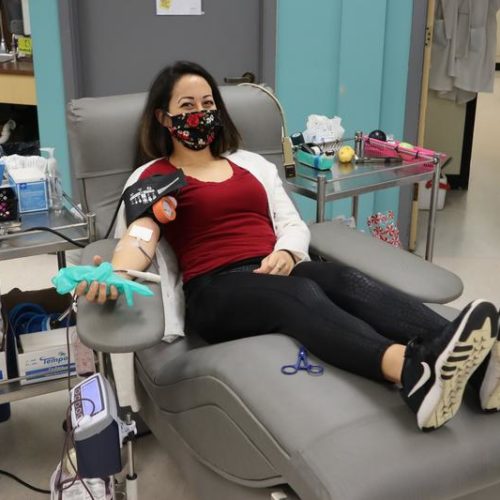
‘I Knew I Needed To Go Out,’ Says Blood Donor Marking 3rd Anniversary Of Deadly I-5 Amtrak Crash
Three years ago on December 18, a speeding Amtrak Cascades train bound for Portland derailed near DuPont, Washington, and tumbled onto Interstate 5. The crash killed three passengers and injured scores of others. An Olympia woman marked the anniversary Friday by going back to her local blood donation center to achieve a related, but happier milestone.















